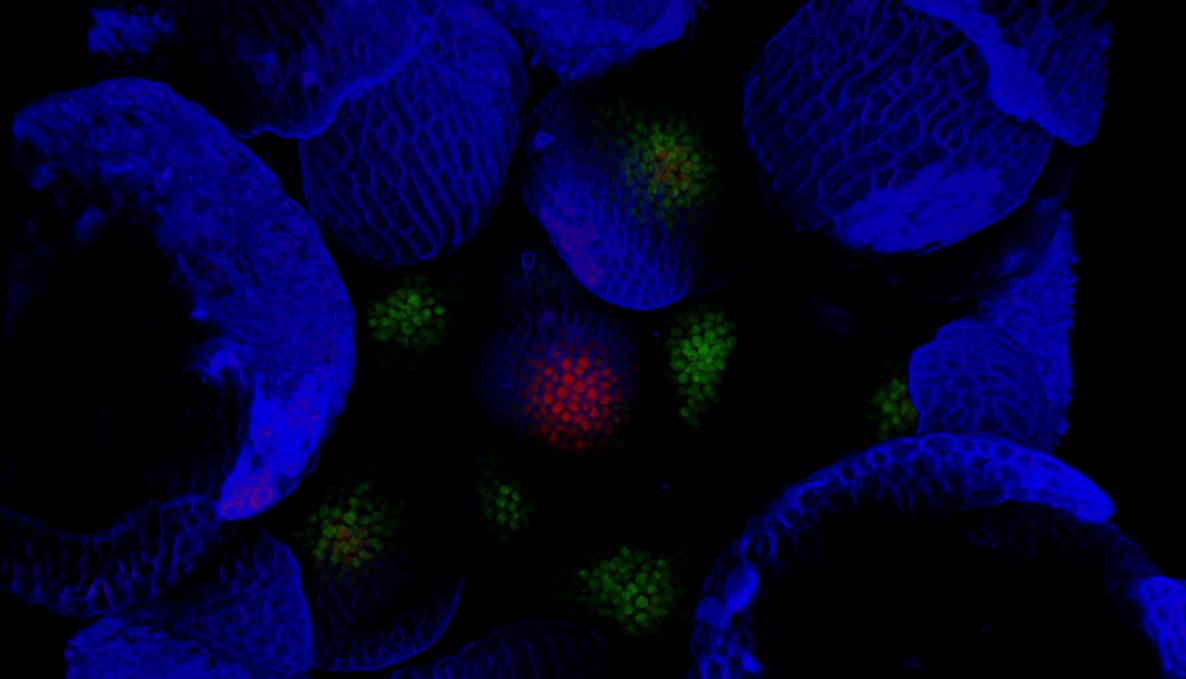Plant shoot meristems develop in a low-oxygen niche: Sant’Anna School and University of Pisa researchers coordinated a new study published in Nature journal

A team of researchers from Pisa Sant’Anna School Life Sciences Institute, the University of Pisa, Aachen University, University of Copenhagen and the University of Heidelberg, have found that oxygen, as a diffusible signal that is involved in the control of stem-cell activity in plants grown under aerobic conditions, suggests that the spatially distinct distribution of oxygen affects plant development.
For more than 30 years, scientists have investigated plants as air purifying systems and their air-cleaning capacity. The study published in Nature journal under the supervision of Professor Francesco Licausi (University of Pisa) highlights that plant-specific responses to submergence and multiple stresses including low oxygen, low light and nutrient deficiency can contribute to gravitational biology and the development of different mechanisms such as microgravity plant growth systems (mechanisms in plants for responding to gravity in space missions).
Researchers have used thin microsensors to measure oxygen levels at micrometre resolution. They tested whether ZPR2–GFP fusion protein (Protein LITTLE ZIPPER 2, Gene ZPR2, Organism Arabidopsis thaliana) accumulated after hypoxia treatment led to stabilization under aerobic conditions. Additional tests aimed at understanding whether low-oxygen responses are required to regulate the production of new leaves and that the spatially distinct distribution of oxygen affects plant development.
“The maintenance of the pluripotent state of animal (and human) stem cells requires hypoxic condition – said Daan A. Weits, a researcher of the Life Sciences Institute PlantLab as the paper first author. From an evolutionary perspective, stem cells that evolved independently in plants and animals have converged to being embedded in a hypoxic niche. Therefore, the manipulation of oxygen provision or modulation of its sensory mechanisms retains a very high potential for controlling developmental patterns”.
Paper: An apical hypoxic niche sets the pace of shoot meristem activity, Nature, May 15, 2019
Authors: Daan A. Weits, Alicja B. Kunkowska, Nicholas C. W. Kamps, Katharina M.S. Portz, Niko K. Packbier, Zoe Nemec-Venza, Christophe Gaillochet, Jan U. Lohmann, Ole Pedersen, Joost T. van Dongen, Francesco Licausi
Cover photo: Micrographs of Arabidopsis inflorescence meristem. Colours represent individual measurements (author: Daan Weits)
Picture B. Miniaturized probe to measure oxygen levels at micrometre resolution through the shoot apex in tomato Solanum lycopersicum (author: Daan Weits)
Picture C. Miniaturized probe to measure oxygen levels at micrometre resolution through the shoot apex in tomato Solanum lycopersicum (author: Agnieszka Bochyńska)
Picture D. Responses of maize (Zea mays) to submergence and hypoxia (author: Ole Pedersen)






